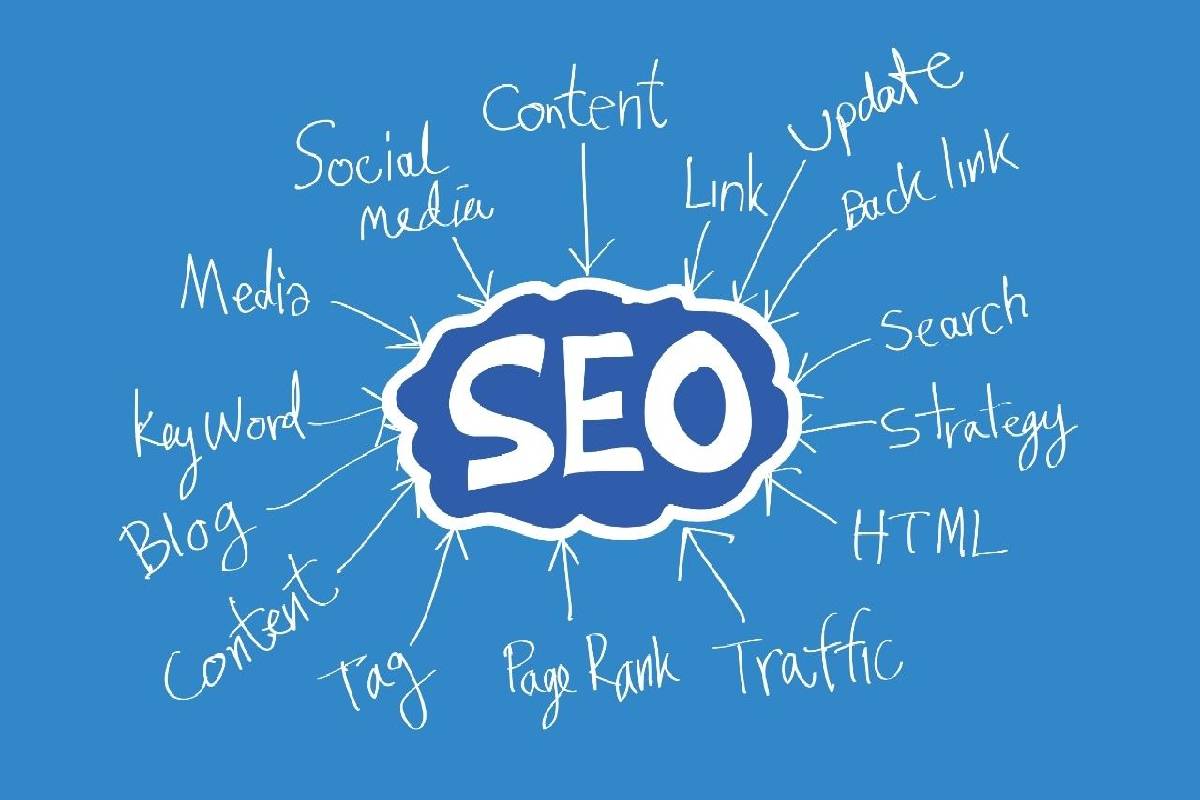The SEO page successful search engine optimization (SEO) strategy involves different tactics across our digital marketing mix.
Some SEO tactics include content marketing, blog publishing, and technical SEO. Such as ensuring that our website is fast and high-performing.
To rank in Google search results for our keywords of choice. We need to use all of these tactics.
But arguably, the most important thing we can do is build many SEO pages and organize the rest of our content around them.
Table of Contents
What is the Definition of the SEO Page?
- The SEO page is the website page that targets the specific keyword. Its main goal is to bring in website traffic for the particular term and convert visitors into leads.
- Also, SEO pages can build keyword clusters and center our linking strategy around one leading destination. We can think of the SEO page as the“centerpiece” of the topic/content cluster.
- What Is Customer Reviews Write For Us
Why Do We Need SEO Pages?
- Google and other search engines need to see that we are publishing content to our website regularly.
- And why many digital marketing teams spend resources on the blog, which they publish pretty frequently.
- But we must also build SEO pages to rank in search and tell the search engines what we are all about it.
- And SEO pages serve the essential function of our marketing strategy.
- Think of the wheel, with one central hub and many surrounding spokes. The “hub,” in this case, is an SEO page. The “spokes” are blog posts, which all point to the SEO page for that topic.
- Its linking structure tells Google and other search engines that our “center,” and our SEO page, is the most important.
- It helps us avoid competing pages and gives us one central focus for driving leads around each keyword cluster.
What Makes the SEO Page Successful?
- Here is the quick list of traits that make the SEO page successful:
- Its plenty of content, images, and header tags (like H1, H2) on the page optimize around the keyword.
- And form visible “above the fold” that is before the scroll on the page
- Also clear conversion point, for example, “Download Case Study” or “Request the Demo.”
- And compelling CTA below our form, that is extra compelling than “Submit.”
- And also, its clear relevance to our business, product, and service.
- In very few if no links to other pages.
- And many links pointing to this page, such as in the global website footer and various blog articles.

